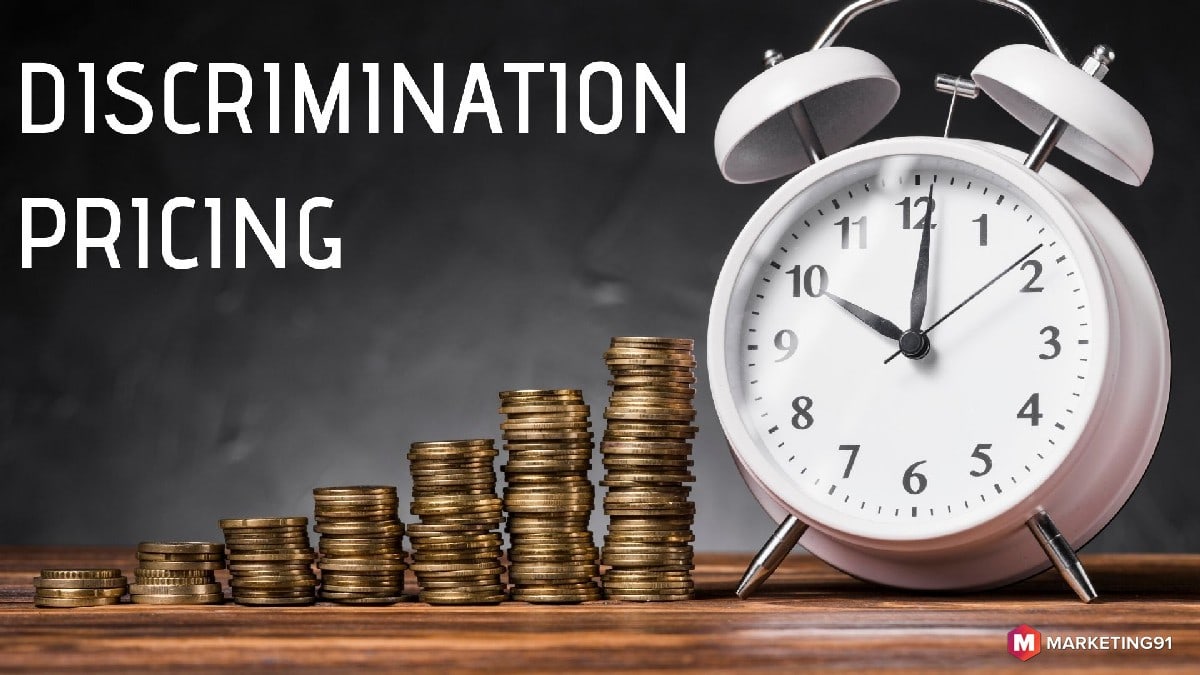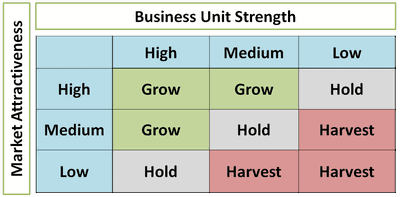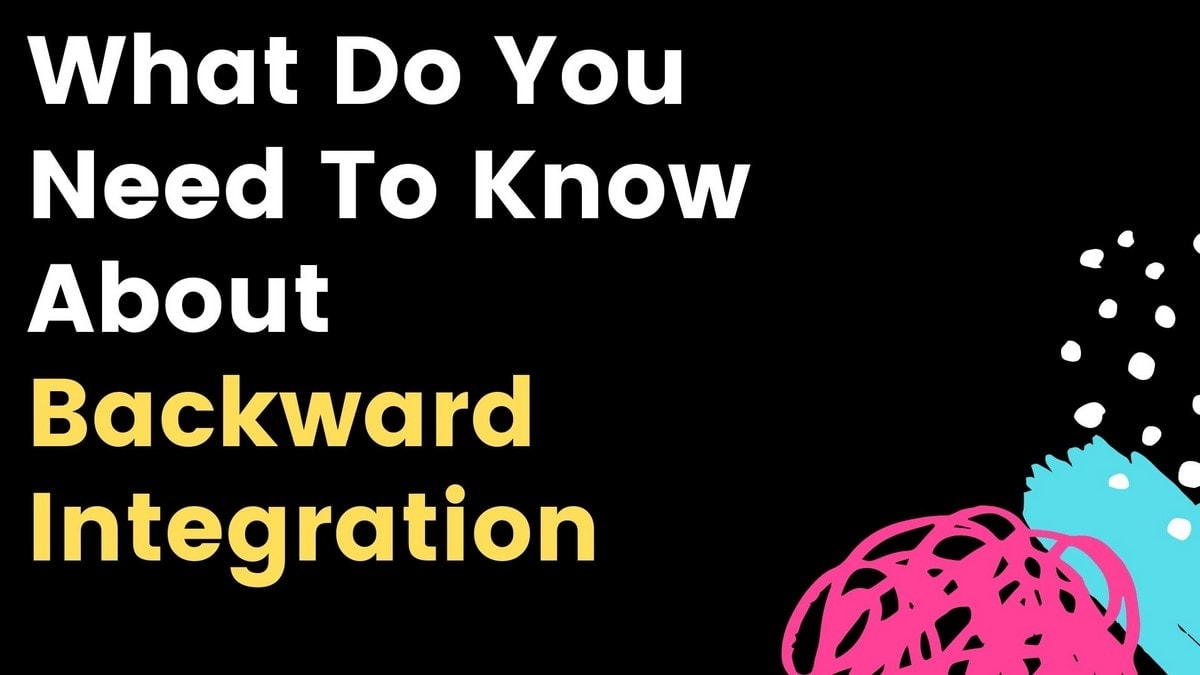
Price Discrimination - Definition, Types, Strategy, Objectives & Examples
Price Discrimination – Definition, Types, Objectives & Examples
Companies use various pricing strategies to generate profit by selling the same product. price discrimination is popularly used pricing strategy by companies to generate profit. In a price discrimination strategy, a firm sells identical goods and services to customers at different prices. The seller makes this possible by adopting various methods such as superior packaging to persuade customers to buy identical products at a higher price.
Companies divide customers into different groups based on various attributes and charge different prices from each group. Companies identify different market segments and ask them to pay less or more depending on their willingness to pay.
For example, the entry fee of the Taj Mahal is Rs. 50 per person for domestic tourists, whereas the entry fee for foreigners is Rs. 1300 per person. In this example, it is considered that foreign tourists are willing to pay more price.
It is one of the best methods to earn a profit. Companies are not required to make separate efforts to generate profit. They can earn more profits just by dividing the market into different segments.
The willingness of consumers to pay for higher prices depends on the relative elasticities of demand. For example, consumers part of relatively elastic sub-market pay lower prices, whereas consumers part of relatively inelastic sub-market pay higher rates.
In the article ahead, you will learn about the definition, types, examples, objectives, and necessary conditions for price discrimination.
Table of Contents
Definition
Price discrimination can be defined as a pricing strategy that is used by sellers to sell identical goods and services at different prices to a diverse group of customers based on various conditions such as demand of the product, the willingness of customers to pay.
Types
The followings are the main types of strategies.
1. First Degree Price Discrimination
There are two conditions for exercising first-degree price discrimination, such as Monopoly in the market and the knowledge of absolute maximum price. The absolute maximum price can also be known as reservation price. The goods and services can be sold to a consumer at the highest price that he is willing to pay. In this profit earned by selling each individual is added to the total revenue generated by the company.
The total revenue generated by a company by selling goods at different prices is equal to the total of consumer surplus and producer surplus.
First-degree price discrimination is challenging to implement than other types of price discrimination. Because while using first-degree, the seller needs to determine the right price that a customer will be willing to pay to buy a particular product or service. In hospitality, airline, and motorcar industry, first-degree is easy to implement. Because in these industries, the transaction taking place between a consumer and seller is private.
The seller can pitch price to the buyer based on the information obtained from records, or it can be predicted by the looks and status of the customer. Moreover, e-commerce companies make the use of data mining techniques to obtain information about their various customers and thus giving them offers accordingly.
Even though first-degree is challenging to implement but when implemented rightly, it allows the seller to generate good profits.
2. Second Degree Price Discrimination
Second-degree price discrimination is one of the most commonly used pricing. The price of goods and services varies according to the demand for quantity. That means large quantity orders will be sold at discounted prices. For example, when a consumer buys several units of a product, the average price charged for one product will be less as compared to the cost of the product when purchased separately.
It is difficult for a seller to determine the exact highest price that a consumer will be ready to pay. Therefore, the seller provides benefits to customers who buy products in vast quantities. In this way, different pricing is decided for different consumers group, and thus a large portion of the market can be captured. For example, airlines provide lower air-ticket prices to customers who are frequent travelers.
Similarly, big retail stores take the benefits to sell products at high discounts to their customers. They buy products in bulk from the manufacturers and sell those products at lower prices as compared to their competitors. In this way, they not only generate high profits but also keep their customer loyal.
However, second-degree price discrimination can be applied to quality as well as the quantity of the products. For example, an air traveler traveling in business class will be provided better services than the air traveler traveling in economy class. By doing this, airlines differentiate their customers based on their preferences and capture high consumer surplus.
3. Third-Degree Price Discrimination
Third-degree price discrimination is when sellers divide their consumers into different consumers group. In this price discrimination, the pricing of products and services is done based on the different groups of consumers.
The grouping of consumers is done because it is easy for companies to determine the overall preference of the whole group rather than deciding the unique choice of all customers separately.
For example, the ticket price of students and senior citizens is lesser than the cost of the tickets of an adult, or differentiation in the price of tickets can be made based on the regular and casual traveler. Third-degree price discrimination exists in the real world.
Examples of Price
The followings are examples of adopting a price discrimination strategy.
1. Airplane tickets
Airlines charge different prices for the tickets of planes to the same destination. The price of tickets varies depending on the time and day of travel. For example, if you are comfortable with a flexible date of flying, then there might be chances that you get cheaper flight rates.
The price of plane tickets is usually high near the festive season because around this time. People travel to spend time with their families. Moreover, the price of plane tickets is high during weekdays Monday to Friday because, during that time business travelers travel, whereas plane tickets are cheap during the weekend as fewer business travelers travel during that time
. However, the plane tickets to a holiday destination are expensive near the weekend, because most people go to these locations at the weekend. The price of airplane tickets is the best example, where airline companies charge a different price to different travelers to earn the surplus profit.
2. Low cost for high quantity
Selling large amounts of goods at a lower average price is one of the most popular selling strategies adopted by sellers. A customer gets a substantial discount when he buys goods in bulk and is required to pay full price when he buys a single unit of a product.
Sellers use this strategy to clear out the stock as soon as possible as it reduces the risk of goods getting expired or damaged sitting in the inventory of the store. Large-scale retailers adopt this strategy as they buy products from manufacturers in the off-season and large quantities.
In this way, this increases the profit margin by obtaining goods at lower prices. This is the reason that you find most products at a discount in these stores.
3. Loyalty Program
Another famous example of price discrimination is loyalty programs. Businesses like airlines, coffee shops, restaurants, retail stores give benefits to their regular customers.
This strategy is known as the “Loyalty program”. For example, airlines provide a discount on plane tickets to their frequent flyers. Retail stores give a loyalty card to customers who shop from them regularly. For example, a loyal customer will get a $50 discount on the purchase of $2000.
4. Age discount
Many businesses provide a discount to their customers based on their age. The movie tickets for an adult will be expensive than that of a child. Similarly, the price of train tickets for senior citizens and children is lower than the train tickets for adults.
Age discount is typical in businesses and thus makes the famous example of price discrimination.
5. Parking charges
You are required to pay parking fees to park your vehicle, whether you travel to a movie theatre or shopping mall. These businesses also offer discounts on parking charges to their regular and loyal customers.
For example, a loyal customer will pay $2 for parking slots, whereas others will pay $5 for a parking slot for a day. Moreover, discounts on parking charges are given to people who arrive early. This price discrimination strategy is used by businesses to manage parking rush.
Necessary conditions for price discrimination
The followings are the necessary conditions for adopting a price discrimination strategy.
1. Monopoly in the market
The meaning of monopoly is when a company or person is the only supplier of a particular product in the market. Price discrimination is only possible when there is a monopoly in the market.
Because of this reason, price discrimination is also known as discrimination monopoly.
2. The elasticity of demand
Different elasticity of demand in various markets helps in price discrimination.
To maximize the revenue, the seller can fix the higher prices in the market segment where demand is relatively inelastic and can set lower prices in the market segments where demand is relatively elastic.
3. Legal authorization
It is legally authorized in case of a few goods and services. For example, people traveling in the first class on a plane or train pay more as compared to people going in economy class.
Similarly, the price of electricity is less for domestic use, whereas the price of electricity for industrial use is high.
4. Product differentiation
Discrimination of price is done by making slight changes in the product. Product differentiation is a commonly used price discrimination strategy. For example, the Same quantity of cooking olive oil is sold in different packaging at different prices.
The seller of cooking oil generates more revenue by making little differentiation in the packaging of the cooking oil.
5. Imperfect Market
Last but not least necessary condition for price discrimination is the imperfect market. It is possible to divide only an imperfect market into different market segments for price discrimination.
Objectives of price discrimination
The followings are the main objectives are:
1. Extra Revenue using Price Discrimination
The main aim is the generation of extra revenue. Sellers divide their customers into different groups based on their history and charge a different price for the same goods and services.
For example, in the hospitality industry, one hotel provides room services to varying rates to different customers. Similarly, many stores offer special discounts to students and senior citizens, whereas they charge full price form adults.
2. Higher Profit using Price Discrimination
Profit can be calculated by subtracting total expenses from total income. The total cost of manufacturing for goods remains the same when the seller sells it at a higher price.
As a result of which the higher profit can be generated by selling goods at higher rates.
3. Use up spare capacity
It does not only mean to sell products at high prices. Sometimes sellers sell goods at lower prices to clear the inventory. The goods are sold at less profit rather than wasting them completely.
For example, a retailer sells off seasoned goods at a discounted price to clear inventory.
4. Improved Cash Flow
This strategy is used to sell products at different prices. By selling products at higher prices, a company can generate high revenue, which helps them balance their expenses and profit earned to help in smooth cash flow.
Similarly, selling goods at lower prices helps in clearing stock and help the seller in improving the flow of cash in the system.









